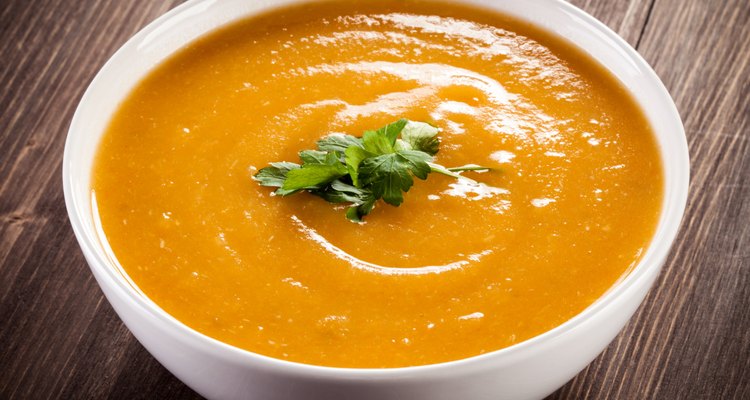
gbh007/iStock/Getty Images
If you're having difficulty swallowing and feel as though the things you drink are getting stuck in your throat, you may have a disorder known as dysphagia. While there are a number of different causes of dysphagia, including damage to the brain from a stroke or nerve damage caused by amyotrophic lateral sclerosis, treatment usually includes modifications to the diet that may include thickened liquids. How thick you need your liquid is determined by your doctor or speech therapist.
Nectar-Thick Liquid
When it comes to thickened liquid, nectar-thick liquid is the least thickened, meaning that it is closer in consistency to a thin liquid such as water and is easily poured. As the name implies, nectar-thick liquids have a nectar consistency like an apricot nectar. Thick cream soups are also considered nectar-thick and are a good source of calories for those having a hard time meeting calorie needs. You can purchase liquids that have already been thickened or use a commercial thickener to make your liquids nectar-thick. Use 100 percent fruit juice when making your own thickened liquids to maximize the quality of your nutritional intake.
Honey-Thick Liquid
Honey-thick liquids are slightly denser than nectar-thick liquids. These types of liquids are less pourable and, like honey, drizzle out of your cup slowly. If you cannot find prethickened honey-thick liquids or the commercial thickeners, you can use food items to thicken your liquids to the right consistency. Food liquid-thickeners include rice cereal, banana flakes, cornstarch and instant potato flakes. Talk to your speech therapist to help you determine how much of these thickeners to use in your liquids to get to the right consistency. It is important to note that food thickeners may change the flavor of your liquid and add extra calories.
Pudding-Thick Liquid
It may not be thought of as a liquid, but when talking about liquid consistency for people with dysphagia, pudding-thick liquids are sometimes needed. Pudding-thick liquids hold their shape. They are liquids that when in a cup held upside down do not move or pour out. Pudding-thick liquids are usually eaten with a spoon. Pudding -- a good source of calories, protein and calcium -- and thick, unsweetened applesauce -- a good source of fiber and water -- are examples of pudding-thick liquids.
Diet Safety When You Need Thickened Liquids
If you require thickened liquids, all the liquids you consume must be the correct consistency to prevent choking. This includes water, 100 percent fruit juice, coffee, soup and milk. Additionally, you need to avoid ice cream, ice pops and ice cubes because they melt to a thin consistency. You may also need to avoid foods with a high-water content such as oranges, watermelon or grapes. People requiring thickened liquids may not get enough fluid, according to the University of Pittsburgh Medical Center. Even if the liquid is thick, it is still considered a liquid, and you should try to consume 6 to 8 cups a day for adequate hydration.
Related Articles
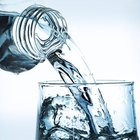
The Best Fluids to Drink With COPD

Does Benefiber Lower Cholesterol?
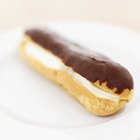
How to Thicken Cream Filling

Calories in Rum Vs. Vodka
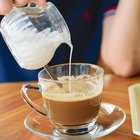
Cream vs. Creamer
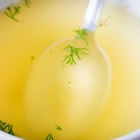
Bland Liquid Diet
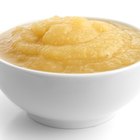
Benefiber as an Appetite Suppressant

How to Make Liquid Sugar Concentrate
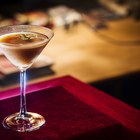
Chocolate Martini: How Many Calories?
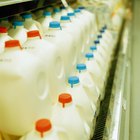
Can I Dilute Whipping Cream to Sub Milk?
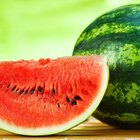
List of Foods With a High Water Content
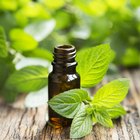
Calories in Peppermint Extract
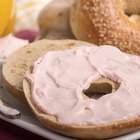
Calories in a Tablespoon of Cream Cheese

How to Make Homemade Liquid Rouge
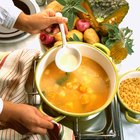
Adding Half-and-Half to Thicken Soups
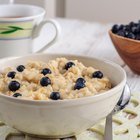
Oatmeal & Full Liquid Diet
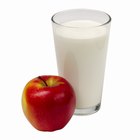
Can You Eliminate Gas and Bloating With ...
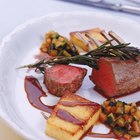
How to Thicken Sauce With Powdered ...
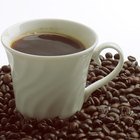
How to Take Vitamins With Coffee
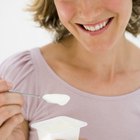
What Are the Functions of Pectin in ...
References
Writer Bio
Jill Corleone is a registered dietitian and health coach who has been writing and sharing her love of food, nutrition and health with anyone who'll listen for almost 20 years. Her work has been featured on the Huffington Post, Diabetes Self-Management and Working Mother.
Photo Credits
gbh007/iStock/Getty Images